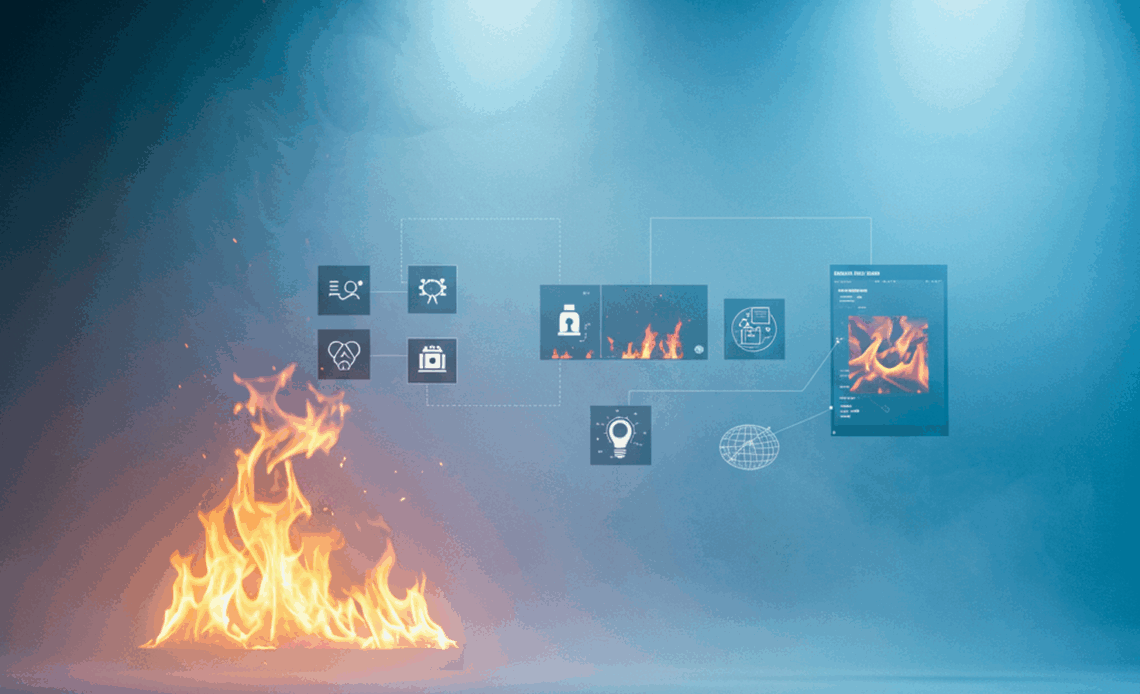
Unlocking the power of AI in fire safety through precise image labeling
Introduction:
Imagine a world where fires are detected and contained before they cause major damage. Thanks to advancements in artificial intelligence (AI) and image annotation, this vision is closer to reality. Image annotation—labeling images for AI training—allows machines to “see” and understand fire patterns.
This guide is for AI developers and fire safety professionals looking to enhance fire detection with AI.
Understanding Image Annotation:
• What it is: Adding metadata (like bounding boxes, polygons, or pixel-level segmentation) to images to help AI recognize specific objects or patterns.
• For fire detection: Annotators mark flames or smoke in images so AI can learn to spot them.
• Why it matters: Accurate and diverse annotations train AI to recognize fires under different conditions, improving its performance.
Key Annotation Methods for Fire Detection:
1. Bounding boxes: Mark the general location of fire quickly and efficiently.
2. Semantic segmentation: Provide pixel-level detail to separate fire from similar objects like sunlight or reflections.
3. Polygon annotation: Outline irregular fire shapes, useful in wildfires or satellite imagery.
The choice of method depends on the system’s needs and desired accuracy.
How Image Annotation Improves Fire Detection:
1. Better accuracy: Trains AI to distinguish fire from smoke, sunlight, or reflections, reducing false alarms.
2. Early detection: Helps spot small fires before they spread.
3. Real-world impact: One pilot program using these methods reduced false alarms by 30%, improving emergency response.
4. Wildfire monitoring: Enables satellite systems to track fire hotspots and assess damage.
5. Data challenges: Includes annotating smoke, managing costs, and ensuring diverse datasets to avoid bias.
The Future of Fire Prevention with Image Annotation:
1. Smarter detection systems: More precise and reliable across homes, businesses, and forests.
2. Fire spread prediction: AI models can forecast how fires might move, improving resource planning.
3. Risk assessment: Models trained on environmental factors like temperature and vegetation can highlight high-risk areas.
Conclusion:
Image annotation plays a crucial role in modern fire detection by providing AI with the data it needs to accurately identify fires and minimize false alarms. As AI continues to evolve, its partnership with precise image labeling will become even more critical in safeguarding lives and property.
Want to boost your fire detection capabilities? Contact us to explore how our expertise can help you build a safer future.


